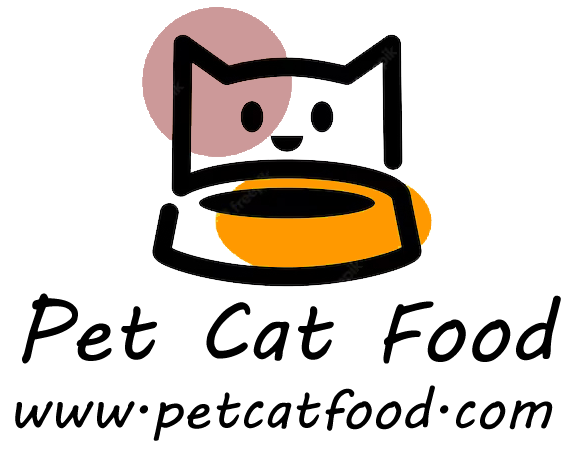Other
cat food dry
<h1>Cat Food Dry</h1>
The question of whether dry cat food (kibble) is good or bad can be approached by considering various factors and perspectives.
Pros of Dry Cat Food:
Convenience: Dry cat food is convenient to store, serve, and portion. It has a longer shelf life compared to wet cat food, making it easier for free-feeding or portion control.
Dental Health: Some dry cat foods are formulated to promote dental health by reducing plaque and tartar buildup through chewing action.
Cost-effective: Dry cat food tends to be more affordable than wet cat food, which can be beneficial for budget-conscious pet owners.
Nutrient Balance: High-quality dry cat foods are formulated to provide a balanced diet with essential nutrients, vitamins, and minerals that cats need for their overall health.
Cons of Dry Cat Food:
Low Moisture Content: Dry cat food contains minimal moisture, which can contribute to dehydration in cats, particularly those that do not drink enough water.
Potential for Obesity: Cats eating dry food exclusively may be at higher risk of becoming overweight or obese due to its calorie density and the ease of overeating.
Quality and Ingredients: Lower-quality dry cat foods can contain more fillers, artificial additives, and lower amounts of animal-based protein, which may not meet a cat’s nutritional requirements adequately.
Urinary Health Concerns: Dry cat food may contribute to urinary tract issues in some cats, especially those prone to urinary crystals or blockages, due to the concentrated nature of their urine when not sufficiently hydrated.
Considerations for Cat Owners:
Quality Matters: Choose a high-quality dry cat food with named animal protein sources as the primary ingredients and limited fillers or by-products.
Hydration: Ensure your cat has access to fresh water at all times to help compensate for the low moisture content in dry food. Consider incorporating wet food or adding water to dry food to increase moisture intake.
Portion Control: Monitor your cat’s food intake to prevent overfeeding and potential weight gain. Use feeding guidelines based on your cat’s age, weight, and activity level.
Veterinary Guidance: Consult your veterinarian for advice on the best diet for your cat’s specific needs, especially if they have health concerns like obesity, urinary issues, or food allergies.
In summary, while dry cat food can be a convenient and cost-effective option for many cat owners, it’s essential to choose a high-quality product, monitor your cat’s overall health, and ensure they receive adequate hydration and balanced nutrition. Individual cat preferences and health considerations should guide your decision-making regarding their diet.
Dry cat food, also known as kibble, is a popular and convenient option for cat owners. It typically consists of a mixture of proteins, carbohydrates, fats, vitamins, and minerals essential for a cat’s health. Dry cat food is easy to store, has a longer shelf life compared to wet food, and can help promote dental health by reducing tartar buildup. Many varieties of dry cat food are formulated to meet specific nutritional needs based on a cat’s age, activity level, and health requirements. However, it’s important to select high-quality dry food with animal-based protein as the primary ingredient, as well as limited fillers and additives. Proper portion control is crucial to prevent overfeeding and maintain a healthy weight for cats. Additionally, providing access to fresh water is essential when feeding dry food to ensure adequate hydration. Regular monitoring and occasional supplementation with wet food can offer a balanced diet that supports a cat’s overall well-being.
<h2>How much dry food to feed a cat</h2>
<h2>Is cat dry food good or bad?</h2>
